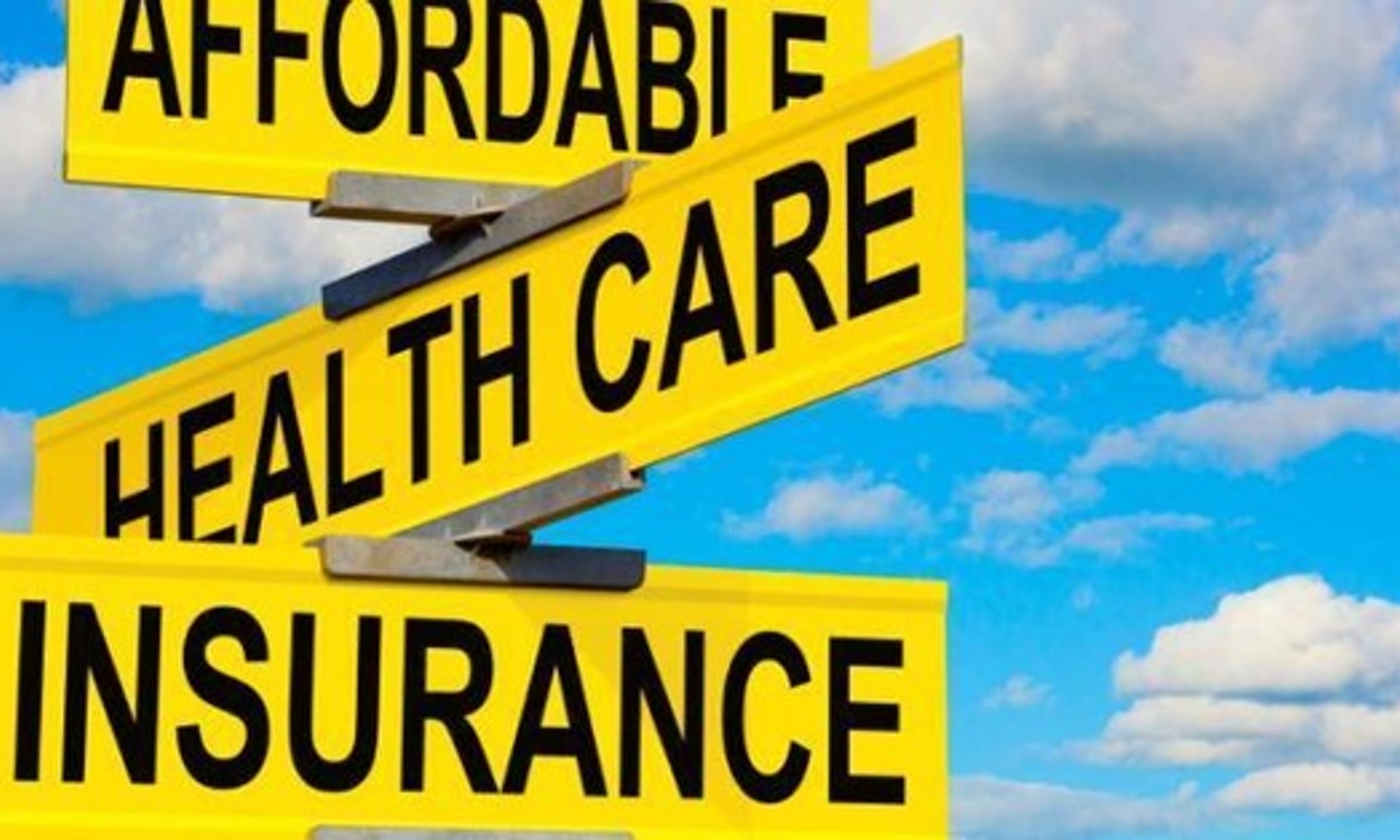When it comes to securing health insurance, affordability is a top priority for many individuals and families. Whether you’re shopping for health insurance for the first time or looking for a more affordable plan, understanding your options is key. Affordable health insurance plans are designed to provide essential coverage at a lower cost, without sacrificing the care you need.
This guide will walk you through how to find affordable health insurance plans, the types of plans available, and tips on saving money on premiums.

Table of Contents:
- What Are Affordable Health Insurance Plans?
- Types of Affordable Health Insurance Plans
- Factors That Affect Health Insurance Plan Costs
- How to Find Affordable Health Insurance Plans
- Ways to Save Money on Health Insurance Premiums
- Frequently Asked Questions (FAQs)
- Conclusion
1. What Are Affordable Health Insurance Plans?
Affordable health insurance plans are those that provide essential medical coverage while keeping costs low. These plans typically cover a wide range of medical services, such as doctor visits, hospital stays, preventive care, prescriptions, and emergency services.
In many cases, affordable plans are designed to fit within the budget of individuals, families, and small business owners. They are often available through:
- The Health Insurance Marketplace (Obamacare): Where you can access government-subsidized plans based on your income.
- Employer-Sponsored Insurance: Many employers offer affordable health insurance options to employees and their families.
- Medicaid and Medicare: For low-income individuals and seniors, respectively.
- Private Health Insurance Plans: These can be purchased directly from insurance companies.
2. Types of Affordable Health Insurance Plans
There are several types of affordable health insurance plans, each designed to meet different needs and budgets:
a. Health Maintenance Organization (HMO) Plans
HMO plans typically offer the lowest premiums but require you to use a network of doctors and hospitals. You'll need a referral from a primary care doctor to see a specialist. These plans are ideal for those who want low-cost coverage and don't mind limited flexibility in healthcare providers.
b. Preferred Provider Organization (PPO) Plans
PPO plans offer more flexibility in choosing healthcare providers and don’t require a referral to see a specialist. However, they tend to have higher premiums than HMO plans. PPOs are great for those who value freedom of choice in healthcare providers and don’t mind paying a bit more.
c. Exclusive Provider Organization (EPO) Plans
EPO plans are similar to PPOs, but they usually don’t cover out-of-network care except in emergencies. EPOs tend to be more affordable than PPO plans but offer more flexibility than HMO plans.
d. High Deductible Health Plans (HDHP)
HDHPs generally have lower premiums and higher deductibles. They’re ideal for individuals or families who are generally healthy and don’t anticipate needing frequent medical care. HDHPs are often paired with Health Savings Accounts (HSAs), allowing you to save tax-free for medical expenses.
e. Catastrophic Health Plans
Catastrophic health insurance plans are designed to provide emergency coverage for worst-case scenarios. They have low premiums and high deductibles, making them an affordable option for young, healthy individuals who don’t expect to need much medical care.
3. Factors That Affect Health Insurance Plan Costs
Several factors contribute to the cost of your health insurance premium. Understanding these factors will help you find a more affordable plan that meets your needs:
a. Age
Older individuals generally pay higher premiums because they are more likely to require medical services. However, the Affordable Care Act (ACA) limits how much insurers can increase premiums based on age.
b. Location
Health insurance premiums vary by location due to differences in the cost of healthcare and the insurance market in different regions. Some states have more affordable health insurance options due to local regulations.
c. Plan Type
The type of health insurance plan you choose (HMO, PPO, EPO, etc.) will affect the cost. Plans with broader coverage options (like PPOs) are usually more expensive than plans with more restrictions (like HMOs).
d. Income
If your income is within a certain range, you may qualify for subsidies or tax credits through the Health Insurance Marketplace, significantly reducing the cost of premiums.
e. Family Size
Family plans generally cost more than individual plans because they cover multiple people. However, the cost per person may decrease if you’re enrolling several family members.
4. How to Find Affordable Health Insurance Plans
Finding affordable health insurance requires research and careful comparison. Here’s how you can get started:
a. Use the Health Insurance Marketplace
Visit the Health Insurance Marketplace during the open enrollment period to compare plans, check if you qualify for subsidies, and find out about available options based on your income and family size.
b. Check Employer-Sponsored Health Plans
If your employer offers health insurance, it’s often one of the most affordable options, as employers typically contribute a portion of the premium. Check with your HR department to explore your options.
c. Consider Medicaid and Medicare
If you have a low income or are a senior, you may qualify for Medicaid or Medicare, both of which offer affordable or no-cost health coverage options.
d. Shop Around for Private Health Insurance
If you don’t qualify for government assistance, you can shop for private insurance directly from insurers or use an insurance broker to compare multiple plans. Be sure to consider premiums, deductibles, and out-of-pocket costs when evaluating your options.
5. Ways to Save Money on Health Insurance Premiums
While premiums are important, there are other ways to save on your health insurance:
a. Choose a Higher Deductible Plan
Opting for a plan with a higher deductible can help lower your premium. If you’re healthy and don’t expect to need much care, this might be a cost-effective option.
b. Use Preventive Services
Many health insurance plans cover preventive services at no cost. Taking advantage of screenings, vaccinations, and other preventive care can help you avoid expensive medical treatments in the future.
c. Use In-Network Providers
If you have an HMO or PPO, always use in-network providers to save money on medical services. Out-of-network care is typically much more expensive.
d. Look for Subsidies and Tax Credits
If you qualify for subsidies or tax credits through the Health Insurance Marketplace, you can significantly reduce your premiums. Make sure to apply for these programs if eligible.
6. Frequently Asked Questions (FAQs)
Q: What is the cheapest health insurance plan?
A: Catastrophic health plans or high-deductible health plans (HDHPs) tend to have the lowest premiums, but they come with high deductibles and may not cover as many services.
Q: How do I know if I qualify for subsidies?
A: If your household income is between 100% and 400% of the federal poverty level, you may qualify for subsidies through the Health Insurance Marketplace. Use the marketplace’s calculator to determine eligibility.
7. Conclusion
Finding affordable health insurance plans is possible with the right knowledge and approach. By exploring options through the Health Insurance Marketplace, checking with your employer, and considering Medicaid or private insurance, you can find a plan that meets your needs and budget. Don’t forget to compare plans and look for opportunities to reduce your premiums through higher deductibles, subsidies, or preventive care.




